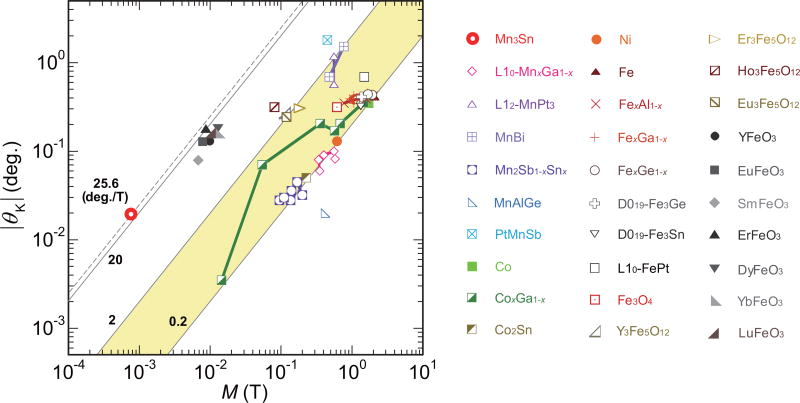Figure 3. Magnetization dependence of the polar Kerr effect at room-temperature for ferroand ferrimagnets, and antiferromagnets including Mn3Sn.
Full logarithmic plot of the polar magneto-optical Kerr rotation angle |θK| vs. the magnetization M for various ferro- and ferrimagnets, and antiferromagnets including Mn3Sn measured around room-temperature (Methods). Here, Mn3Sn is the only non-collinear antiferromagnet even in its fully compensated antiferromagnetic state. In ferromagnetic systems, it shows a general trend for most of the ferro- and ferrimagnets that |θK| increases with increasing M, namely |θK| = KSM. Here, KS is a coefficient, ranging between 0.2 and 2.0 degrees/T for ferro- and ferrimagnets, as highlighted by the shaded region. The spontaneous polar MOKE signal of Mn3Sn does not follow the above scaling for ferromagnets and KS has a 1–2 order(s) of magnitude larger value of 25.6 degrees/T, which is still the largest among antiferromagnets that have similar magnitude of KS = 10–20 degrees/T.

